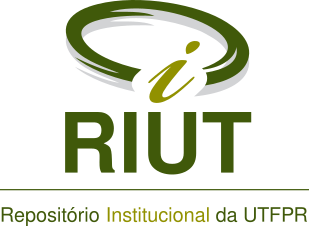Self-adaptive Method for sEMG Movement Classification Based on Continuous Optimal Electrode Assortment
Abstract
Surface electromyography (sEMG) analysis is becoming increasingly popular in a broad variety of applications. Despite satisfactory classification rates are frequently obtained through the use of Computational Intelligence (CI) algorithms, there are some issues mostly related to the data acquisition which are not properly addressed in current studies. In this paper we aim to present a method capable of mitigate the noise in the sEMG acquisition caused mainly by loose or misplaced non-invasive electrodes. To address this issue we propose an auto-adaptive artificial neural network (AAANN) capable of identify this two anomalies in the signal and retrain itself discarding the causative channels. Once the AAANN is retrained it is possible to retrieve information of only the most significant channels which increase the accuracy rate of the CI method. The method was tested on a database containing five able-bodied subjects and four amputee subjects of both sex. The average classification accuracy for the adaptive input selection method was 83,96 ± 6,5% for the able-bodied subjects and 61,15 ± 7,7% for the amputees subjects against 72,06 ± 8,0% in able-bodied subjects and 39,77 ± 10,6% for the amputees subjects considering the non-adaptive approach. Both systems make use of the AAANN to classify 9 distinguish upper-limb movements with different degrees of freedom.
Keywords
Electrode Assortment; Upper-imb Signal; Neural Network; Auto-adaptive Methods; Surface Electromyography
Full Text:
PDFDOI: 10.3895/bjic.v4n1.4890
Refbacks
- There are currently no refbacks.
Copyright (c) 2016 CC-BY

This work is licensed under a Creative Commons Attribution 4.0 International License.
ISSN: 2594-3553





